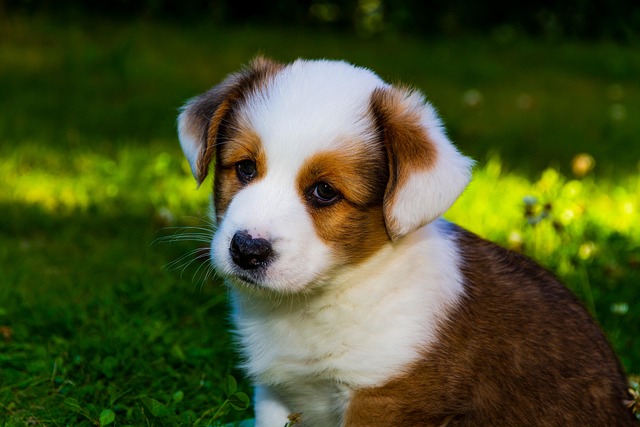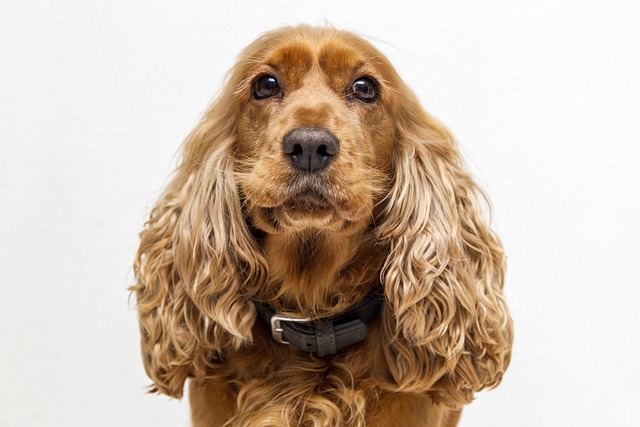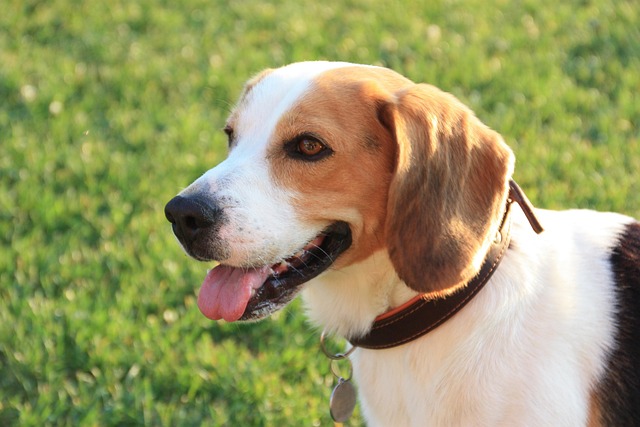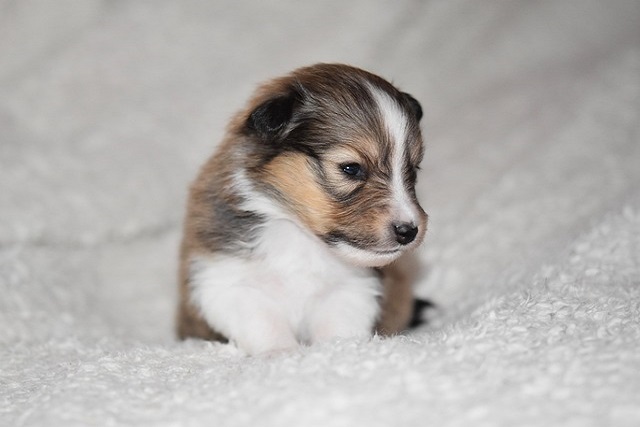
When will Samoyed have his teeth changed
When you look down at the Samoyed by your feet, it rubs your palm with its wet nose, revealing pink gums and tiny teeth.
When we gaze at the dog's grinning smile, the white teeth are not only a symbol of their health, but also the source of warmth and happiness in our hearts. However, in daily life, the health problems of dog teeth are often ignored until problems such as bad breath, swollen gums, and tooth loss occur, which makes the owner regret it. Teeth are an important tool for dogs to eat, and they are also the cornerstone of their healthy life. Learning how to care for dog teeth scientifically and effectively is not only the accumulation of professional knowledge, but also an expression of our deep love for our fur children.
Dogs' dental problems are often formed over time. In daily diet, food residues will continue to adhere to the surface of the teeth. The bacteria in the mouth quickly decompose and ferment these residues, produce acidic substances, erode the tooth enamel, and form dental plaque over time. If not cleaned in time, dental plaque will gradually mineralize and harden into dental calculus, firmly attached to the edges of teeth and gums. Dental calculus not only causes bad breath, but also irritates the gums and causes gingivitis. When the inflammation develops further, it will cause gum atrophy and periodontal pockets to form, eventually leading to loose and falling teeth.
Brushing teeth is the most direct and effective way to care for a dog's teeth. It is crucial to choose a toothbrush and toothpaste designed for dogs. The fluoride and other additives contained in human toothpaste may be harmful to dogs, while dog toothpaste usually uses flavors that dogs like, such as chicken and beef, which can make the brushing process more acceptable. When you first brush your dog's teeth, they may resist, after all, this is an unfamiliar behavior. The owner can first let the dog get familiar with the taste of the toothbrush and toothpaste, dip a small amount of toothpaste with your finger, and let the dog lick it to build a good impression of the toothpaste. Then, gently lift the dog's lips and rub the surface of its teeth back and forth with your fingers to let it adapt to the touch in the mouth. After a period of adaptation, gradually use the toothbrush, starting from the outermost teeth, and gently brush in circles. The action should be gentle to avoid damaging the gums.
 In addition to brushing teeth, suitable food and snacks can also help clean the dog's teeth to a certain extent. Compared with wet food, dry food can better rub the surface of the teeth during chewing and reduce the adhesion of food residues. But be careful to choose high-quality dog food to avoid containing too much additives and sugar. Some special tooth-cleaning snacks, such as dog chews and tooth-cleaning sticks, can scrape off dental plaque on the surface of teeth through the mechanical action of dog chewing. These snacks not only have the effect of cleaning teeth, but also satisfy the dog's natural chewing, allowing them to enjoy delicious food while maintaining oral health. However, snacks should be fed in moderation. Too many snacks may cause dogs to be picky eaters or obese, which will affect their health.
In addition to brushing teeth, suitable food and snacks can also help clean the dog's teeth to a certain extent. Compared with wet food, dry food can better rub the surface of the teeth during chewing and reduce the adhesion of food residues. But be careful to choose high-quality dog food to avoid containing too much additives and sugar. Some special tooth-cleaning snacks, such as dog chews and tooth-cleaning sticks, can scrape off dental plaque on the surface of teeth through the mechanical action of dog chewing. These snacks not only have the effect of cleaning teeth, but also satisfy the dog's natural chewing, allowing them to enjoy delicious food while maintaining oral health. However, snacks should be fed in moderation. Too many snacks may cause dogs to be picky eaters or obese, which will affect their health.
It is also indispensable to take your dog to the pet hospital for oral examinations regularly. Veterinarians have professional equipment and knowledge to detect some early dental problems that are difficult for owners to detect with the naked eye. An oral examination at least once a year is like a comprehensive "physical examination" of the dog's teeth. The veterinarian will use professional tools to check the condition of the teeth and gums, and if necessary, perform X-rays to check the periodontal tissue and tooth roots. For dogs that have already formed tartar, professional dental cleaning treatment may be required. Ultrasonic dental cleaning can completely remove tartar on the surface of the teeth and under the gums, and then polishing can make the tooth surface smoother and reduce the adhesion of food residues. Although the teeth cleaning process requires anesthesia for dogs, it is a necessary measure for their oral health.
Caring for dogs' teeth is a "protracted battle" that requires the owner to persist for a long time. Every time you patiently brush your dog's teeth, every carefully selected tooth-cleaning snack, and every scheduled oral examination are our protection of the dog's health. When we see the dog feasting with healthy teeth and showing a bright smile, we will understand that all the efforts are worth it. Because in our hearts, the health and happiness of dogs are the most precious gifts, and we will also use love and professionalism to escort their dental health, so that those white teeth will always shine in their happy lives.

When you look down at the Samoyed by your feet, it rubs your palm with its wet nose, revealing pink gums and tiny teeth.

When you gently stroke the fluffy, soft white fur of a Samoyed and feel the smoothness under your fingertips, it's like touching a warm cloud

The clear and bright eyes of dogs are an important window for establishing emotional connections with us. When this window is covered with haze, the owner is often distressed and anxious.

When the dog that used to be gentle and cute, wagging its tail to greet you, suddenly bares sharp teeth, emits low growls, or even makes lunging bites,

When you gently stroke a Schnauzer's fluffy head, its ears—like fairy wings—flick softly, as if whispering boundless joy. However,

As pet owners,we always want to give our dogs the best care,and deworming is an important part of daily care.The question of"whether to feed deworming medicine to dogs without parasites"involves health considerations and emotional care.